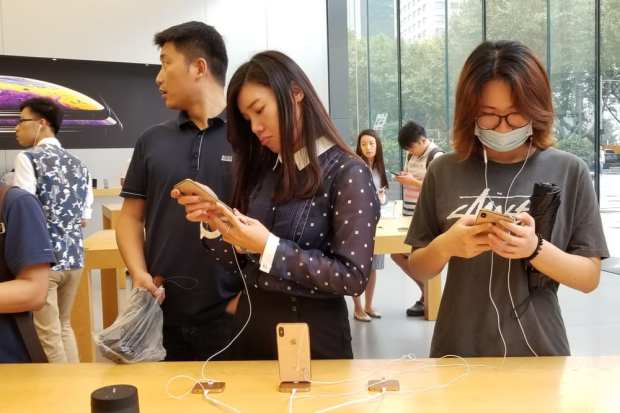China Sees 18 Pct. Jump In iPhone Sales

There was an 18 percent spike in iPhone sales in China in the month of December, according to a report by Reuters.
The company shipped about 3.2 million smartphones in the country that month, up from 2.7 million a year before.
Apple saw a dip in sales after a peak in 2015, when the company saw longer upgrade cycles and more competition from competitors.
Huawei Technologies has been especially successful in the country, and in Q3 of last year, it accounted for 43 percent of all phone shipments. The company has also seen pressure from Washington over the security of its technology, as all large companies in China are government-regulated.
Apple, dealing with sagging sales, started offering financing plans and discounts in the country last year in an effort to boost sales. CEO Tim Cook said the initiatives worked, leading to more people buying phones in the country.
China is preparing for the Lunar New Year later this month, which is a huge gift-giving holiday. The company will also release its next financial report in late January.
In other Apple news, the company has paid $155 billion to developers as of 2008. Apple’s App Store had sales maxing out at $50 billion last year, bringing in approximately $15 billion in revenue for the tech firm.
Apple does not disclose the total amount of revenue that its App Store brings in per year. However, the tech firm has published other App Store data each January since 2013. That includes the total amount of funds it pays to developers, who receive 70 percent of an app’s purchase price in the first year and 85 percent in a subscription’s second year.
Apple reported that they paid out $35 billion to developers last year, which suggests $50 billion in total sales. The annual disclosure, however, indicates that growth for the App Store could be slowing. The $35 billion figure was just 2.9 percent more than 2018’s $34 billion figure. It also marks a sizable slowdown from the 30 percent growth rate seen in 2017.
